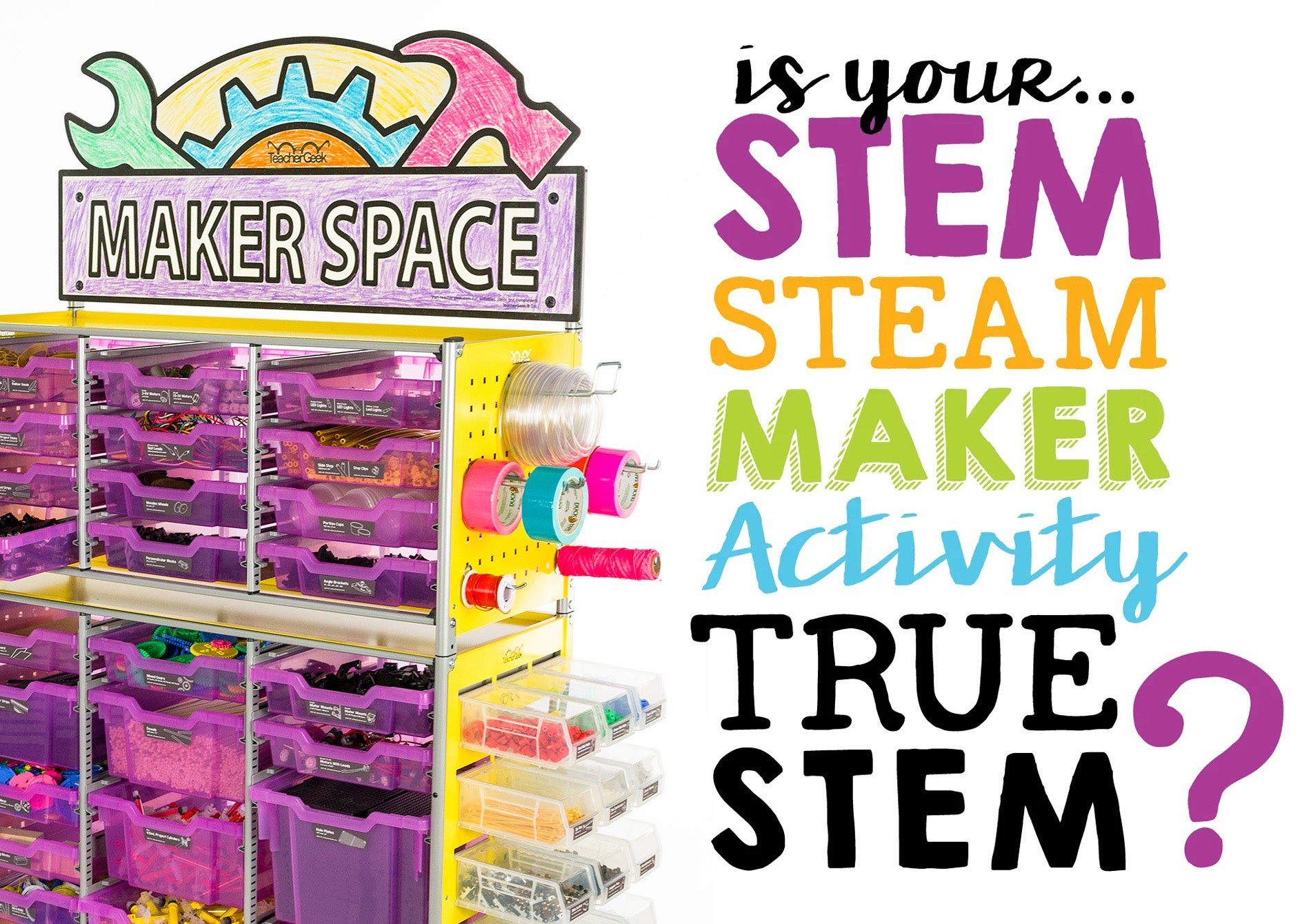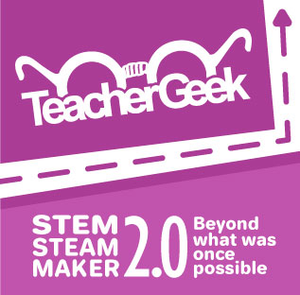STEM Check: True STEM? Flawed STEM?

Can you tell a flawed STEM project from a true STEM project? Use this handy checklist as a reference.
 |
 |
||||
 |
 |
||||
| Start-to-finish instructions or restrictive materials ensure projects turn out essentially the same. 
|
Projects turn out unique. They are constantly evolving through the design & engineering process. 
|
||||
 |
 |
||||
|
Projects are often completed with little-to-no
|
Projects include labs & processes that grow student understanding (math, science, engineering concepts) to a level where they can deliberately create something new. 
|
||||
 |
 |
||||
| Data is not used to evaluate or engineer designs, nor is the scientific method. Construction materials may not allow for precise or accurate (usable) data. 
|
Data is used to evaluate & engineer designs. Construction methods allow designs to have consistent & precise (usable) data. Students have “now-I-get-it” moments when they see how & why the concepts are used. 
|
||||
 |
 |
||||
| Projects are selected & driven by the novelty of the finished product (what can be shown off). |
Projects are selected, and driven by, what kids get out of it (such as experience, knowledge, inspiration). |
||||
 |
 |
||||
| Projects offer few curricular connections or standards alignment. They often serve as a distraction from academic achievement. |
Projects are curricular and standards aligned. They enable students to apply academic knowledge at higher cognitive domains. |
||||
 |
 |
||||
|
Once built, students are “done”. |
Students use every available minute to evolve their designs.
|
Visit teachergeek.com for affordable, True STEM activities.
 Download the STEM Check List
Download the STEM Check List
STEM Check - PDF



